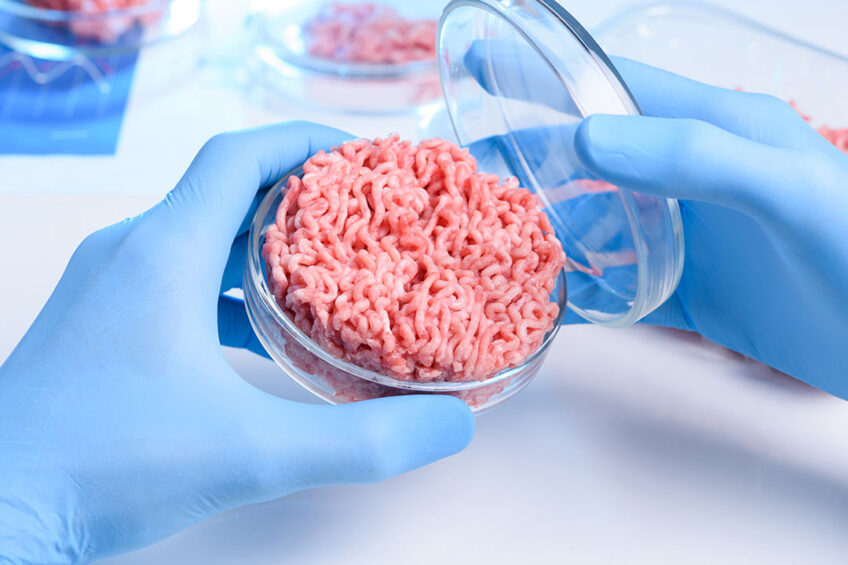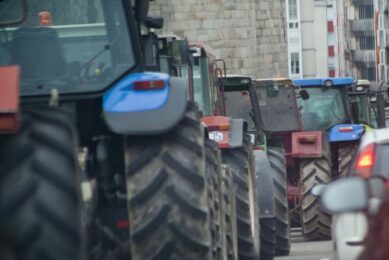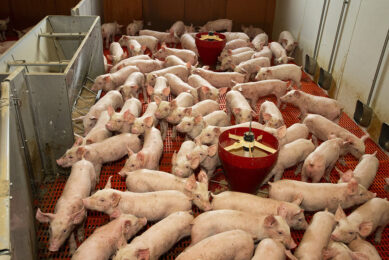5 very topical questions about cultured meat

Cultured meat is a subject in concerning all animal production chains. That became clear at a conference on this topic in Paris, France on November 18, 2021. That was 1 year after it was approved in Singapore to sell nuggets from in vitro production of chicken muscle tissue.
Giving rise to the production of a new product covering different names (artificial meat, cultured meat, in vitro meat, etc.), cell culture techniques initially developed for medical applications are booming in the field of livestock.
Various experts met mid-November at a conference organised by the French Academy of Agriculture and the French Association of Zootechnics in partnership with the French Veterinary Academy and the French Nutrition Society. They shared their opinions about the theme of cultured meat. 5 major questions have been highlighted below.

How much interest is there for cultivated meat initiatives?
Since the presentation in the Netherlands in 2013 of the first in vitro muscle tissue for food, a growing number of start-ups have become interested in those techniques with significant investments.
Céline Laisney, director of AlimAvenir, said, “More than a billion US dollars have been invested since 2016 by 80 start-ups.” She added that cultured meat techniques concern all animal products, so meat, fish and milk.
Associate researcher Marie-Pierre Ellies-Oury added: “Cultivated meat could experience a real rise to represent 10% of total world meat production by 2030 and 35% by 2040.” She is attached to UMRH, the herbivore research unit of France’s National Research Institute for Agriculture, Food and the Environment (INRAE). She is also attached to Agro Sciences.

More messages like those were shared by Gabriel Lesveque-Tremblay is co-founder and CTO of Orbillion, an American start-up created in 2019 to bring different cultured meat products to the market. He said, “The animal protein market is growing with 1% per year, and by 2030 cultured meat could provide half of this increase with implications for multiple sectors. The first authorisation to market cultured meat products could take place by 2023 in the United States.”

He noted the existence in Washington, DC of strong lobbying by a group of meat producers (Alliance for Meat, Poultry, and Seafood Innovation) with the United States Department of Agriculture (USDA) and the US Food and Drug Administration (FDA).
What is cultivated meat exactly?
Didier Toubia is co-founder and CEO of Aleph Farms, a leading company in the cultured meat sector, headquartered in Rehovot, Israel, with offices in Europe and the US. He explained the process of production begins with the selection of starter cells from a small initial sample of cells taken from a healthy living animal. Those cells will then develop in bioreactors equipped with a medium rich in nutrients (sugars, amino acids, lipids, vitamins, etc.). Then the extracellular matrix in the animal’s body is replaced by a plant-based matrix, which provides a structure on which cells grow, organise, and form muscle tissue.

“Cultured meat offers endless possibilities of products and concepts,” said Lesveque-Tremblay even though the latter believes that cultured meat will complement traditional agriculture.
For Toubia, “Cultivated meat could bridge the gap between the limited production capacities of organic agriculture and the growing global demand for meat, while allowing the transition to greater resilience and sustainability.”
What challenges are there for cultivated meat?
In addition to controlling manufacturing processes and lowering their costs, the challenges faced by start-ups engaged in these new technologies described as the “3rd agricultural revolution” by Toubia are numerous: ethical, regulatory, environmental, without forgetting consumer acceptance.
“Is this new product really meat?,” wondered Ellies-Oury, stating that “muscle” (mainly made up of well-organised muscle fibres) and “meat” are 2 different concepts. She continued, “The start-ups have succeeded, with a great deal of communication, especially with the help of the media, in imposing in everyday language the name “meat” for these cultivated muscle fibres.” She presented the results of survey showing that Brazilian or Chinese consumers are more ready to regularly consume cultivated meat products than those in France.
How far is cultivated meat advanced?
Laisney pointed out that several factories have already emerged in several countries (USA, Israel, Qatar, Singapore).
Toubia said, “We have just completed the construction of our first plant which will produce 8 to 10 tonnes per year by 2023, and we are banking on several thousand tonnes per year by 2025-2026.”
What are the chances for animal nutrition business?
Finally, for the animal nutrition suppliers, those cultured meat projects could also represent a development niche to fulfil the needs in ingredients of the bioreactors, as Pierre-André Geraert, scientific marketing director of Adisseo, present at this conference, explained: “It is opportune for any significant player in the production of animal proteins to better understand all the possibilities and developments in production methods. The development of industrial cellular meats will of course require complementary nutritional solutions, competitive and in significant quantities, to support production ambitions and it is relevant to be concerned about them now.”
 Beheer
Beheer








 WP Admin
WP Admin  Bewerk bericht
Bewerk bericht